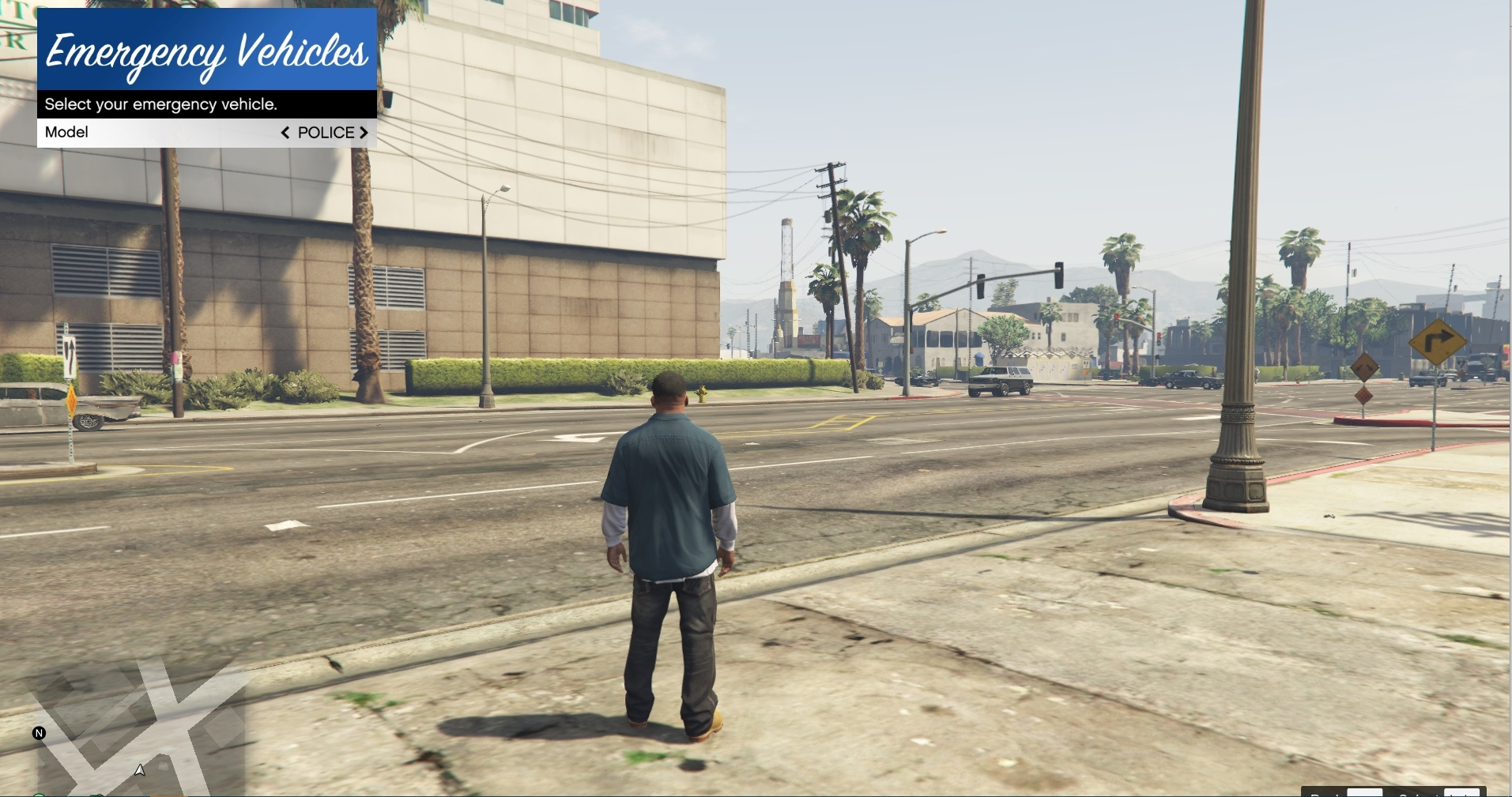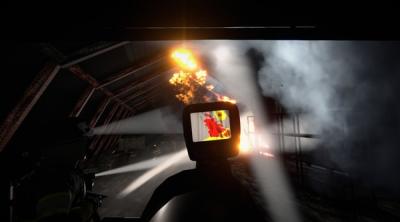

The detail and complexity of any discussions should be proportionate to the risks involved.
for fixed premises like stadiums and arenas, the venue management. įor all but the smallest events with low risks (or those in fixed venues with established procedures), draw up and discuss your plans with: Then finally, and only when it is safe to do so. Remember to turn your phone to silent and turn off vibrate.  Hide - it's better to hide than to confront. This is a far better option than to surrender or negotiate. The key message for the public is 'Run, Hide, Tell': The National Counter-terrorism Security Office have produced specific advice to help mitigate the threat of a terrorist attack in crowded places. You will also need to consider your response to more serious emergencies, including major incidents that will require help from the emergency services and implementation of their regional emergency plans (which may not be specific to the event). Include contingencies to deal with incidents and situations as varied as an entertainment act cancelling at short notice, severe weather, or the unavailability of key staff in your team. Using the resources available to you onsite, develop emergency procedures to be followed by staff and volunteers in a significant incident/emergency, eg sudden bad weather, a fire or structural failure. This emergency plan should to be in proportion to the level of risk presented by event activities and the potential extent and severity of the incident. You must have plans in place to respond effectively to health and safety incidents and other emergencies that might occur at an event. Have clear emergency roles and responsibilities. Work with others to ensure crowd safety.
Hide - it's better to hide than to confront. This is a far better option than to surrender or negotiate. The key message for the public is 'Run, Hide, Tell': The National Counter-terrorism Security Office have produced specific advice to help mitigate the threat of a terrorist attack in crowded places. You will also need to consider your response to more serious emergencies, including major incidents that will require help from the emergency services and implementation of their regional emergency plans (which may not be specific to the event). Include contingencies to deal with incidents and situations as varied as an entertainment act cancelling at short notice, severe weather, or the unavailability of key staff in your team. Using the resources available to you onsite, develop emergency procedures to be followed by staff and volunteers in a significant incident/emergency, eg sudden bad weather, a fire or structural failure. This emergency plan should to be in proportion to the level of risk presented by event activities and the potential extent and severity of the incident. You must have plans in place to respond effectively to health and safety incidents and other emergencies that might occur at an event. Have clear emergency roles and responsibilities. Work with others to ensure crowd safety. 
Selection and use of equipment to support speaker clusters, lights etc used during outdoor events.Construction and deconstruction of temporary demountable structures.Overview - Temporary demountable structures.Overview - Event health and safety topics.Large-scale temporary outdoor events near to major accident hazards.







 0 kommentar(er)
0 kommentar(er)
